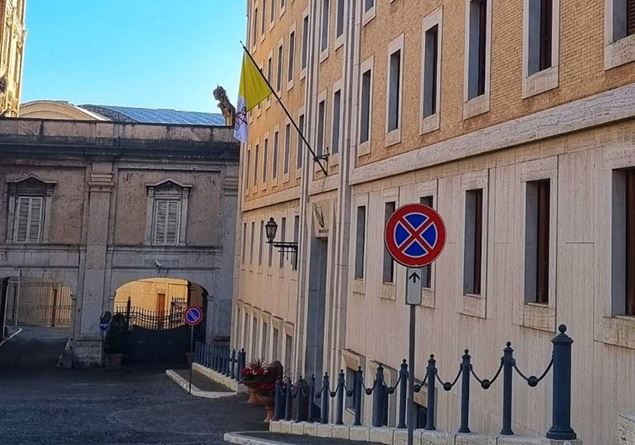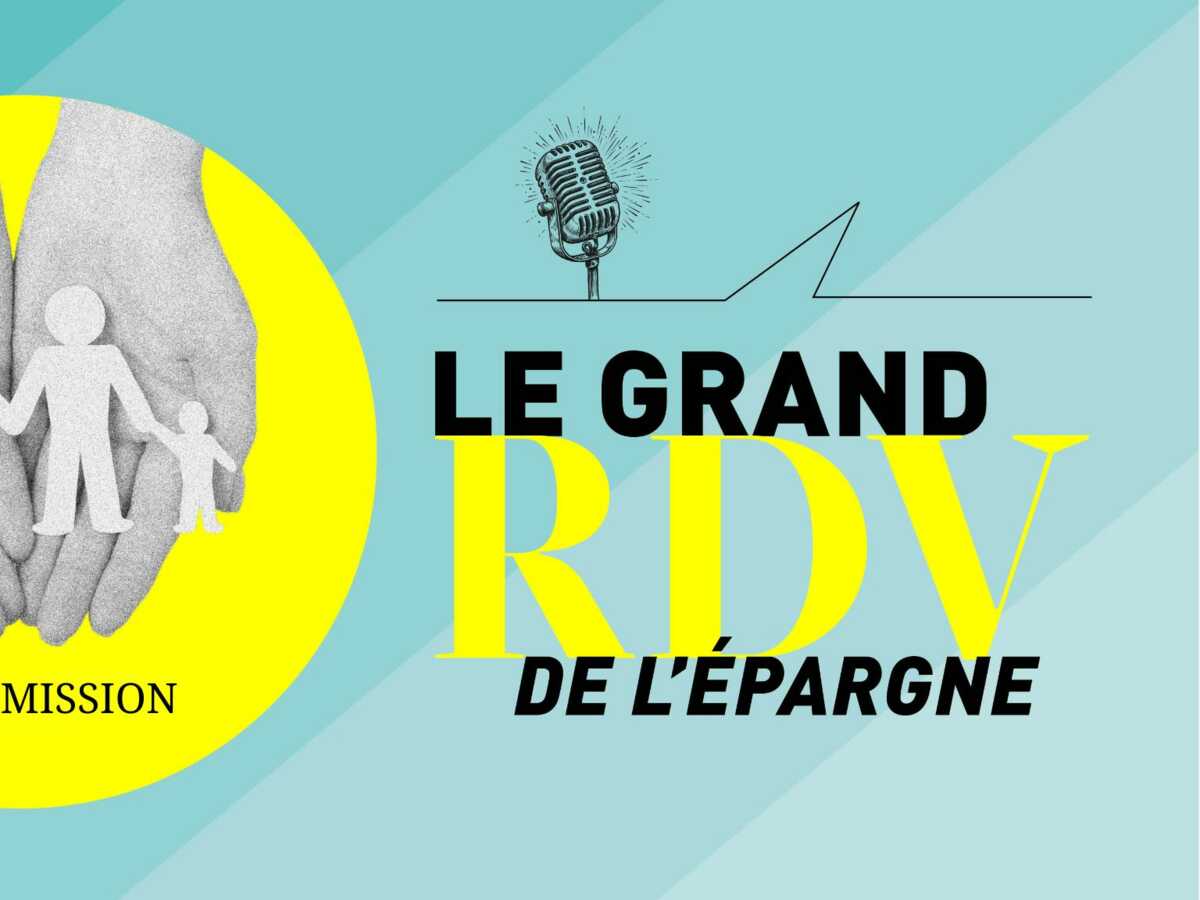Art sometimes scares children. Françoise Barbe-Gall, teacher at the Louvre school gives you advice to interest your children without risking getting the opposite of the desired goal … as a bonus, the Journal des femmes gives you some good addresses where children are more than welcome.
From what age can we educate children about art?
From early childhood. Moreover, in kindergarten, teachers use a lot of art images. Watch them, manipulate them, copy them: all this opens up reflection for children. They often understand the logic of images very well and have a good memory, it is very surprising. In fact, what matters is that they become familiar with the works. It is important not to present them to them in the form of a theoretical course or in a too reverent manner. Children need to touch, appropriate the images. I therefore advise parents to provide their toddlers with art books or cards that are not too precious so that they can leaf through them as they wish. No question of entrusting them with an expensive work by disclosing a thousand precautions (“do not pose your fingers on the images”, “be careful not to corner the pages”, etc.), which would hinder the spontaneity of this discovery. Parents can also in everyday life point out ranges of colors, the perspectives in a photo, the forms in the relief of a landscape …
Wouldn’t the best way to familiarize them with art to let them practice themselves?
Obviously, most children want to put their hands in the painting, cut and stick. And don’t stop them! It is important that they learn to express themselves through plastic art. But that does not replace an artistic awakening. Know -how does not mean knowing to feel. Besides, many people sensitive to art do not practice themselves. It is for this reason that the booklets, websites and specialized DVDs or children’s workshops offered by museums that use works such as simple illustrations, starting points for a game or drawing, are mostly suitable. They can complete the awakening but surely not replace it. They are used to learn techniques than to understand and/or appreciate the content of the works. On the other hand, they have the advantage of helping children, especially the smallest, to familiarize themselves with objects and places, which could, without this playful approach, appear to them forbidden. Not to mention that they leave parents the leisure to browse the museums without being “crowded” …
How to attract their attention?
I think you just have to know how to look with them, from the age of 7. The 10 to 12 year old tranche being the magic period, ideal because the children are very curious and still in a process of imitation of their parents. Concretely, we plant ourselves in front of the work and we discuss it in good faith, we give our opinion, we ask questions: “What do you think? What do you see? What do you understand?” You must then know how to listen to the answers of the often very perceptive child and speak with his own sensitivity, frankly. No matter where he enters the work (color, title, a detail of the image), there is no recipe. Everyone finds their access and builds their own journey. After this stage of the “first emotion”, the parents can with the child seek explanations on the work: the artist, the time, the current, the meaning, etc. The key to succeeding in interest them is to accept to awaken with them, to accompany them … The book I wrote is intended for parents and sometimes also serves to fill the shortcomings they dare not reveal … It is therefore the time for those who have never had the click to offer themselves a second chance. I often say that it is enough to have a few pages ahead of the children to have a very good guide.
What are the mistakes not to make?
From a practical point of view, parents have an interest in not presenting the museum or building to visit like the folding solution in the event of rain during the holidays or the obligatory activity on Wednesday before cartoons … I also advise them to book the places in advance to avoid the queue of an hour at the entrance, to know how to shorten the walk if the attention decreases or the fatigue is felt. Then, it should not be formalized if the child finds nothing exceptional to a masterpiece. Go to another room, the meeting with a painting takes place like the meeting with a person: it may not be the right time today. Also avoid discussing too theoretically in front of a painting, to sacralize a work or an artist or even to punctuate the visit of judgments arrested in the style “Here, that is really beautiful” which would risk giving the child the impression that he is not worthy of accessing this discipline because it lacks culture and knowledge or does not have the same opinion as you. Instead, explain why you appreciate this or that object and listen to your child’s reactions, valorize his point of view, give him confidence in his judgment … In short, parents must bring children to art without constraining them. And if the little ones do not show interest despite all these efforts on your part, do not insist, appreciating art is not an end in itself and nothing is ever definitive. Perhaps they will get started with their own children …








